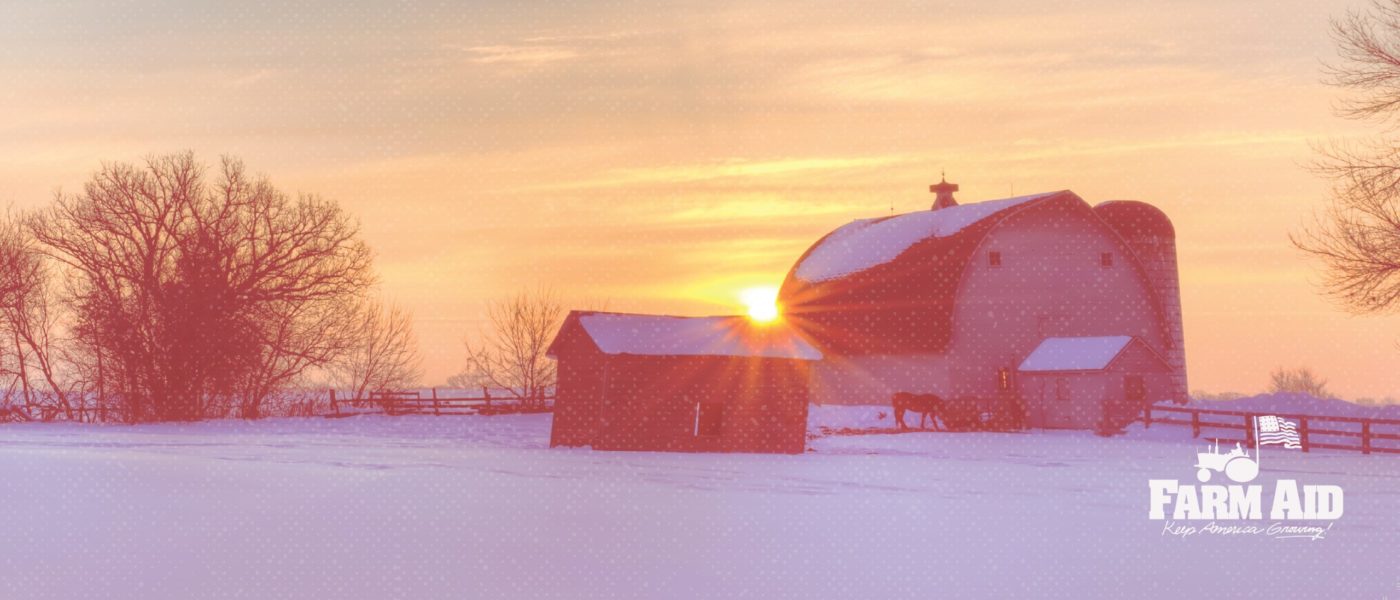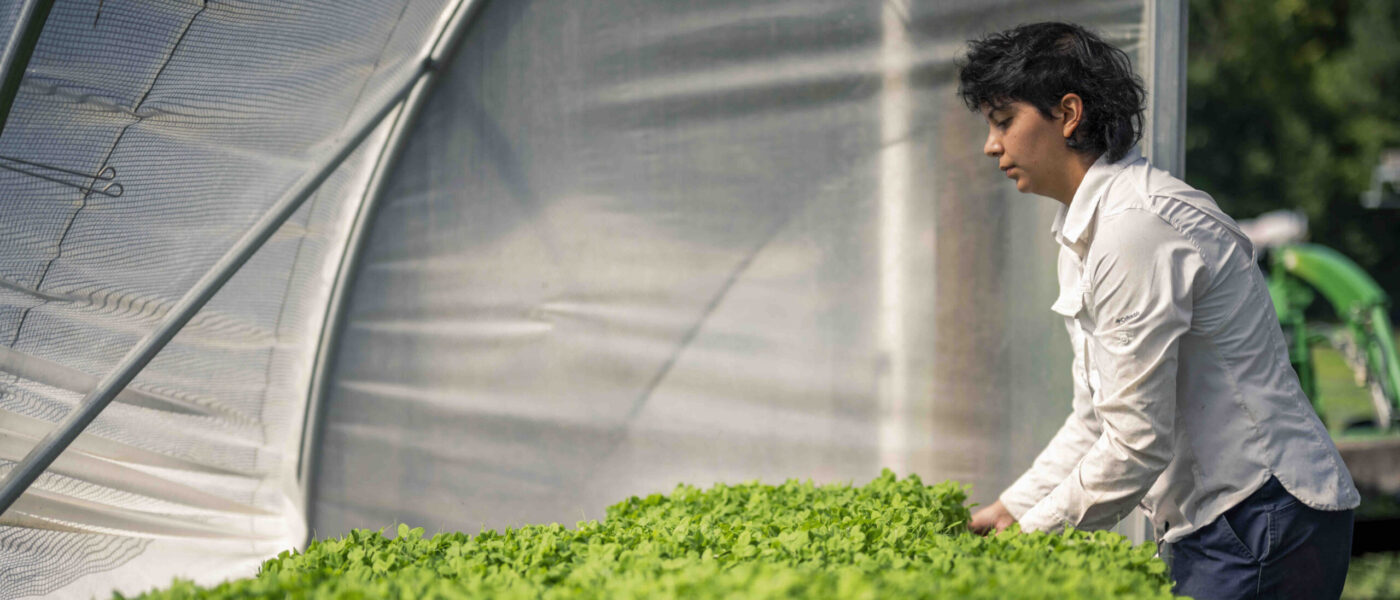 As advocates for American family farmers, we hear from farmers and agencies across the US looking for assistance and to offer their help. Through these calls and our work, we have experienced various disasters and extreme weather events over the years. However, this year has been rather extreme.
As advocates for American family farmers, we hear from farmers and agencies across the US looking for assistance and to offer their help. Through these calls and our work, we have experienced various disasters and extreme weather events over the years. However, this year has been rather extreme.
The massive drought in the south is unprecedented. In July, nearly 12% of the U.S. was classified as being in the highest classification of drought, “exceptional.” According to the U.S. Drought Monitor, this has never happened in the monitor’s 12-year history. Most of the exceptional drought is in Texas (where wildfires are now raging as a result), Oklahoma and Georgia. Lower classified drought, yet still potentially devastating to family farmers, is prevalent in up to 59% of the country.
Drought wreaks havoc on family ranches. Pasturelands become ungrazeable. Ranchers have to cut into their winter reserved hay and other feed to supplement the unavailable pasture. Excessive supplemental feeding in summer and fall increases costs for winter boarding of livestock. As an added compounding factor, drought reduces the harvest of hay and other feed crops. So, ranchers are forced to sell down their herds or pay exorbitantly higher rates for feed that has to be shipped in from other states.
Hay lifts in Oklahoma are one solution that Farm Aid, the Teamsters, and local groups like Oklahoma Black Historical Farmers Project use to help family farmers hold on until the next rain. Click here for News9 coverage of last week’s haylift of 10 tons of hay. However, another solution we are working to promote is drought preparedness. Texas A&M conducts great drought workshops through their Cooperative Extension. Some of the solutions offered include a reduced herd size for a given pasture, choosing appropriate livestock breeds for the region and using pasture seed that is more resilient in droughts. In the past, we have also partnered with Holistic Management International (HMI), to help Texas farmers and ranchers learn HMI’s whole-farm planning system that benefits the land, animals and people, and specifically how to plan for drought.
Preparedness is the best offense against natural disaster and other farming challenges. Our Farmer Resource Network can direct farmers to organizations in their area that can help farmers be prepared. If you are experiencing hardship now due to natural disaster, or know someone who is, please call our hotline (1-800-FARM-AID) to get referred to emergency programs in your area.


